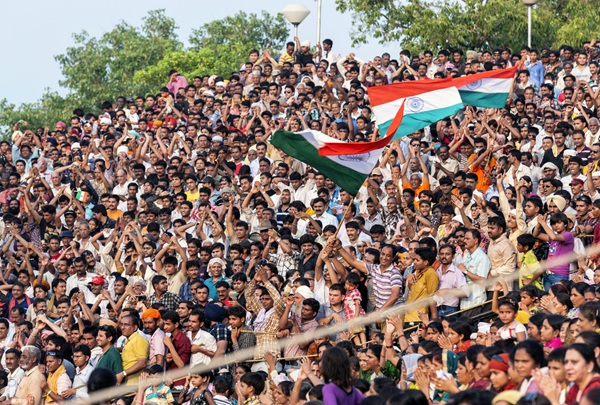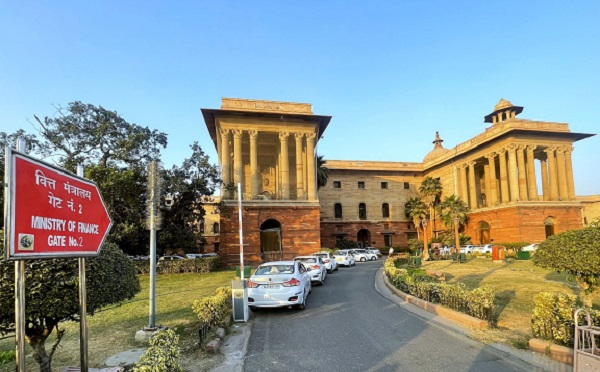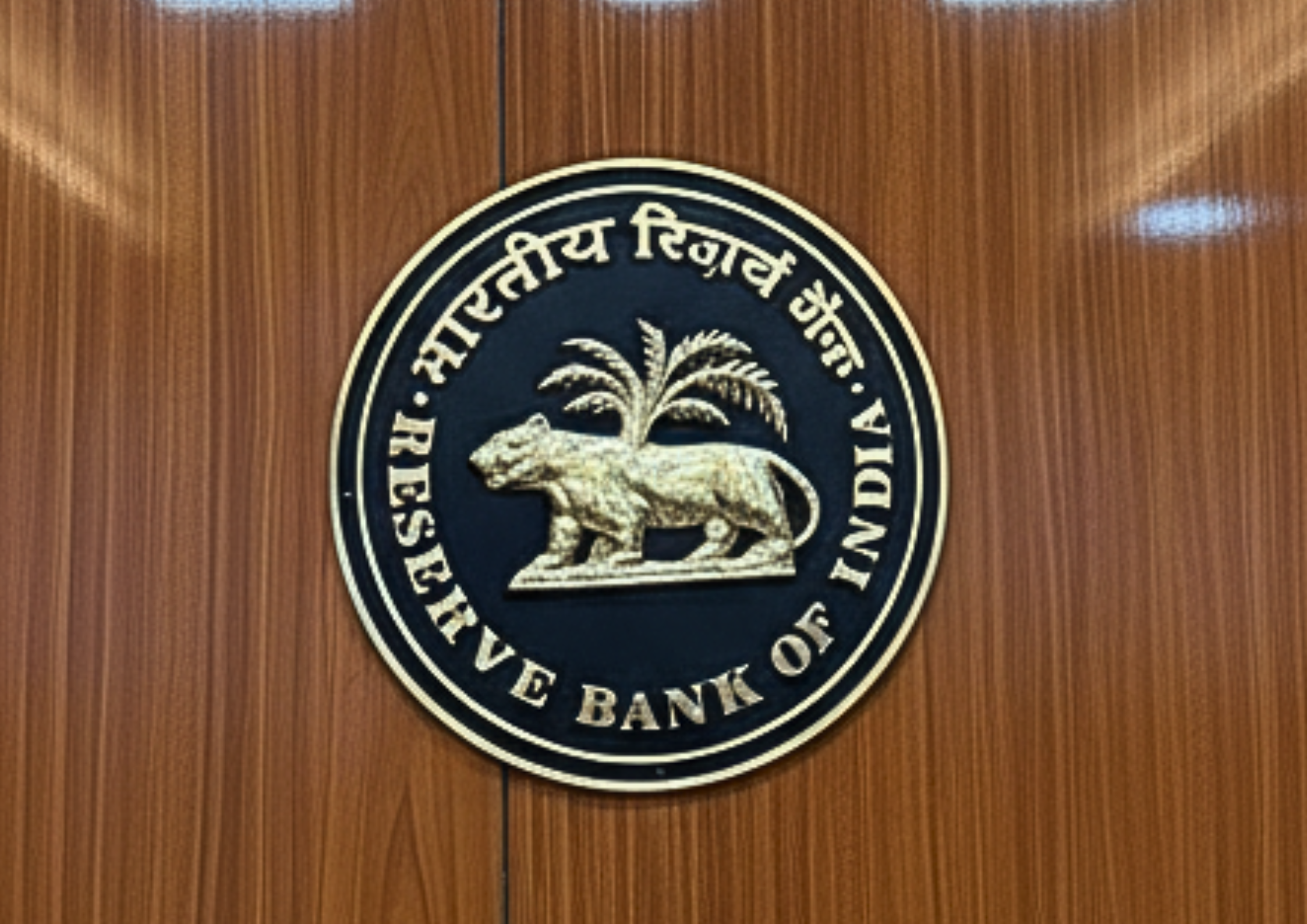.png)
When Belief Becomes Policy: India’s Moment of Faith and Foresight
From a fan’s obsession to a nation’s conviction, belief keeps remaking power, policy, and purpose, showing how faith and foresight can both build and blind.

Phynix is a seasoned journalist who revels in playful, unconventional narration, blending quirky storytelling with measured, precise editing. Her work embodies a dual mastery of creative flair and steadfast rigor.
November 2, 2025 at 10:25 AM IST
Dear Insighter,
Stan.
It’s a word with an origin story more twisted than most realise. It comes from Eminem’s 2000 track about an obsessive fan whose devotion turns fatal—letters unanswered, rage uncontained, a car plunging into a river. Dark, yes. The track? Brilliant. Some call it a mix of “stalker” and “fan,” though Eminem’s manager insists that was. coincidence. Whatever the truth, the song gave us a word that culture quickly reclaimed. Once a warning about obsession, “stan” has become a badge of pride. I stan BTS. We stan Chris Martin and Sophie Turner. In a single generation, we’ve moved from pathology to identity, from caution to celebration.
But devotion, when it migrates from pop culture to policy, takes on sharper edges. Because what is India’s current moment if not a test of what, and how, we choose to believe? The difference between stanning something blindly and backing it with eyes open has rarely mattered more.
Take Michael Debabrata Patra’s observation: India’s fertility rate has slipped below replacement level to 1.9. Eighteen states are already below 2.1. Bihar clings to 2.8, though even that is falling. By 2065, India’s population will peak near 1.7 billion before beginning to shrink. Malthus once feared our “virtuous attachment” to reproduction would overwhelm the planet. Now, as Patra notes, humanity seems to be adapting to an emptier world.
This is more than a demographic milestone; it’s a rewiring of the social contract. Fewer workers, more elderly, collapsing support ratios. The foundation of India’s growth story is shifting beneath our feet.
Yet Kalyan Ram’s reflections on Patra’s new book remind us that humility and patience still anchor good policy. Over four decades at the Reserve Bank, from the BoP crisis to the April 2020 rescue of mutual funds, Patra learnt to balance conviction with composure—to make decisions “on the razor’s edge between helplessness and efficacy.” That balance, between belief and realism, may be India’s rarest asset.
Contrast it with the fervour creeping into public life, where ideology outruns evidence. Amitrajeet A. Batabyal’s study of the One Nation One Ration Card scheme shows how the gap between design and delivery can hollow out the best intentions. The idea of portability and dignity for migrant workers is elegant. But the reality of biometric failures, patchy data, and dealers unaware of the rules reveals how trust, not technology, is the real currency of welfare. When faith in systems collapses, so does participation.
The same trust gap shadows housing. Shilpashree Venkatesh’s analysis of PMAY finds that while 39 million rural homes and 12 million urban ones have been sanctioned, completion tells a sobering story. Rural progress has been solid; urban housing lags at 76%. The most effective schemes—beneficiary-led construction and interest subsidies—barely reach the poorest. Housing for All was meant to offer not just shelter, but belonging. Instead, it risks reinforcing exclusion.
Belonging, after all, is fragile in a world rearranging itself. When Srinath Sridharan examined the October sanctions on Rosneft and Lukoil, responsible for 5% of global oil supply, the markets barely blinked. The age of instant contagion has given way to managed turbulence. Moscow will feel pain, but the system absorbs it.
Babuji K’s look at global money market indicators—the AXI, FXI, swap basis, SOFR—finds a similar wary equilibrium. Credit spreads remain wider than pre-SVB levels, risk is priced more deliberately, and the system hums in a lower gear. Resilience is real, but it’s weary.
As Dhananjay Sinha warns, India’s external composure conceals domestic fatigue. Deputy Governor Poonam Gupta celebrates emerging markets’ resilience, yet behind the stability lie weak investment, soft private demand, and stagnant job creation. A narrow current account deficit doesn’t signal strength when both savings and investment are shrinking; it signals contraction disguised as calm.
Where expansion is happening, it’s in unexpected places. Chandrika Soyantar charts how private credit funds have become the third pillar of Indian capital, supplying nearly $9 billion in the first half of 2025. The $3.1 billion Shapoorji Pallonji refinancing was a turning point, proof that global capital now trusts India’s structure enough to seek yield within it. These funds step where banks hesitate and NBFCs can’t reach. Soyantar also notes how firms are experimenting with bonus preference shares instead of equity, prioritising control and strategic flexibility over convention. Capital allocation, like chess, rewards foresight.
K. Srinivasa Rao argues that true transformation requires more such foresight. India won’t reach 8–9% growth by consolidating existing banks into behemoths. It needs more lenders, diverse NBFCs, and a deeper credit ecosystem. Building a developed economy demands multiplication, not merger.
And yet, as G. Chandrashekhar’s observations on gold shows, old instincts persist. Imports have soared from $22 billion in 2020 to $58 billion in 2024, with UAE trade quadrupling since the 2022 bilateral pact. Much of what once slipped through unofficial routes now travels openly, though oversight remains patchy. Chandrashekhar calls for a robust, traceable bullion framework.
Sinha adds that gold’s surge has lifted household wealth to ₹324 trillion, nearly India’s GDP. But consumption is stagnant because gold, for most families, is not disposable wealth but emotional insurance. Its gleam masks fragility, not prosperity.
Chandrashekhar’s broader view identifies five forces shaping India’s commodity destiny: energy transition, geopolitical realignment, technological disruption, climate adaptation, and resource nationalism. Growth will be commodity-intensive by necessity; the challenge is to turn dependence into advantage.
That dependence, though, creates moral tension. D. V. Ramana asks whether Sachin Tendulkar’s endorsement of Titan’s Gold Exchange Scheme crosses ethical lines. A Bharat Ratna selling gold? For one vendor couple, it felt like patriotic duty; yet hidden fees and melting losses tell another story. Srinath Sridharan reminds us that reverence must not erase reason. A Bharat Ratna is not monkhood. Tendulkar’s excellence earned recognition; it shouldn’t revoke his agency.
The same nuance applies to institutions. TK Arun defends LIC’s investment in Adani after US allegations, arguing that systemic stability sometimes requires uncomfortable choices. Adani’s infrastructure web is too embedded to collapse lightly. Probe preferential treatment, yes, but feigned shock at institutional protectionism misses the larger truth: governance often balances idealism against continuity.
Krishnadevan V sees similar theatre in Lenskart’s IPO. The company’s sudden swing from loss to profit in 2024–25 coincides neatly with its listing plans. Operational discipline or staged perfection? Perhaps both. By pausing expansion, shifting accounting, and trimming costs, Lenskart has built a credible global brand. But markets reward resilience, not choreography.
Trade diplomacy has its own choreography. Ajay Srivastava’s roadmap for India–US engagement—secure energy, restore tariffs, then negotiate trade—captures the sequence we’ve ignored at our peril. The July “Russian oil” tariff lifted duties on Indian goods to 50%, cutting exports by 37% before sanctions on Rosneft and Lukoil tightened the squeeze. Strategy, not speed, is now India’s best defence.
Shweta Kushe’s dissection of the India–UK FTA reveals a subtler risk. Its “forward review mechanism” ties future flexibility to India’s later deals, especially on digital trade and data flows. It sits atop the standard five-year review clause, creating layered obligations that may constrain sovereign choice. Modern FTAs need accountability, Kushe notes, but not asymmetry.
Anupam Sonal traces a similar balance in digital governance. The RBI’s FREE-AI framework and the CCI’s proposed AI oversight mark India’s attempt to reconcile innovation with integrity. Compliance costs and audit demands will rise, but fragmentation would cost more. The task is to turn algorithms from tools of advantage into instruments of equity.
Infrastructure must evolve in step. Sharmila Chavaly’s three-part series reimagines the national grid as a living platform rather than a one-way network: foundational, transport, and distributed layers enabling flexibility, storage, and smart coordination. Financing this shift means breaking the monolith into distinct asset classes and embracing grid-scale storage as an alternative to endless transmission buildout. Pouring sovereign debt into the old grid is, she says, “refuelling a sinking ship.”
Politics, of course, remains the final test of belief. Amitabh Tiwari’s study of Bihar’s upcoming election maps caste arithmetic. On 105 seats, the same communities have dominated three consecutive cycles. With 21% of voters identifying caste before party, NDA’s stronger caste-matching could prove decisive. Yet as Sharmila Kantha reminds us, Bihar’s 127 million citizens (9% of India’s population) deserve better than politics as spreadsheet. Per capita income of ₹66,828 against Goa’s ₹567,344 tells its own story. Thirty to forty million Biharis seek work outside the state. Until governance shifts from victory to vision, growth will remain hostage to identity.
And so, we return to Stan. Once a tale of destructive obsession, it became a symbol of pride. Perhaps our challenge is to know when devotion serves and when it blinds. When belief sharpens clarity and when it clouds it.
India’s century, Patra reminds us, will depend on productivity, infrastructure, and climate harmony, on institutions confident yet humble. Our task is to pair conviction with curiosity, strategy with sincerity.
Until next time, may we all know the difference between devotion and delusion.
Phynix
Also Read
- ‘We Shall Overcome’: How the Women’s World Cup Triumph Mirrors India’s Spirit of Belief and Resilience by Lt Gen Syed Ata Hasnain: How great comebacks are built on a truth India has always known—we rise because we rise together.
- The Cult of the Confident: How India Fell for Online “Experts” by Kalyani Srinath: On the high price we pay when charismatic certainty outpaces actual credibility.
- The Immortality Mindset: The Psychology Behind Piyush & Prahlad's Culturally-Dominant Brands by Kirti Tarang Pande: A masterclass in the psychology of building a legacy that lasts, straight from advertising legends.
- Seen and Stirred: When Two Ticks Turn Blue by R. Gurumurthy: How WhatsApp’s read receipts became digital mirrors reflecting our deepest anxieties about connection.
- Why Our Prosperity Endures: The Human Story Behind Modern Growth by Chandan K Jha and Sudipta Sarangi: Celebrating the Nobel-winning thinkers who explained the engine of our sustained prosperity.
- Profiles in Weakness at the Trump-Xi Meeting by Harold James: Why the world's most powerful leaders cannot hide their nations' vulnerabilities from each other.
- Will AI Bury Future Generations in Cognitive Debt? by Bertrand Badré and Florian Ingen-Housz: A warning that automating struggle may deny the next generation the path to true mastery.
- The Vatican's Voice of Reason on AI by Anne Bouverot: On the unique and surprising role the Church can play in ensuring AI becomes a lever for inclusion.
- Will the AI Bubble Trigger a Financial Crisis? by Hilary J. Allen: Pondering whether a bursting AI bubble could compromise the entire financial ecosystem.
- Measuring AI’s Economic Impact by Diane Coyle: Why the AI revolution desperately needs systematic data collection to be understood.
- Can China Meet Its Massive Climate-Finance Needs? by Rakesh Mohan and Janak Raj: Unpacking the staggering $1.3 trillion challenge at the heart of China's green transition.



